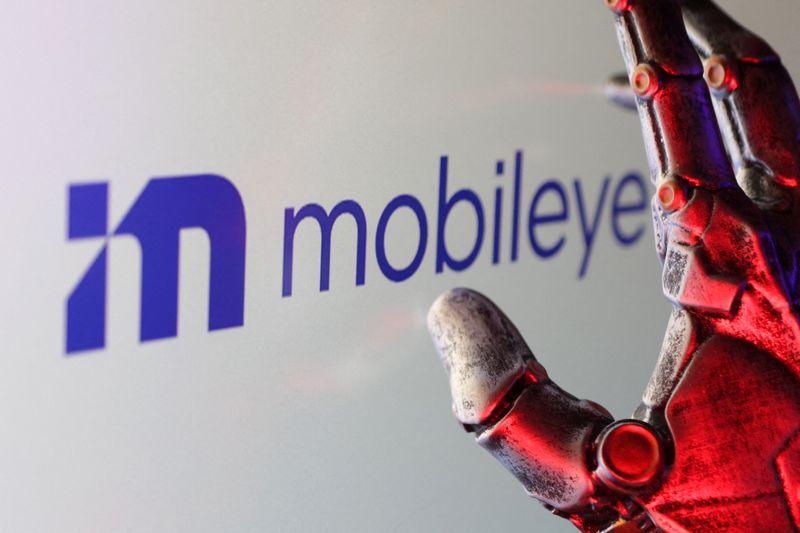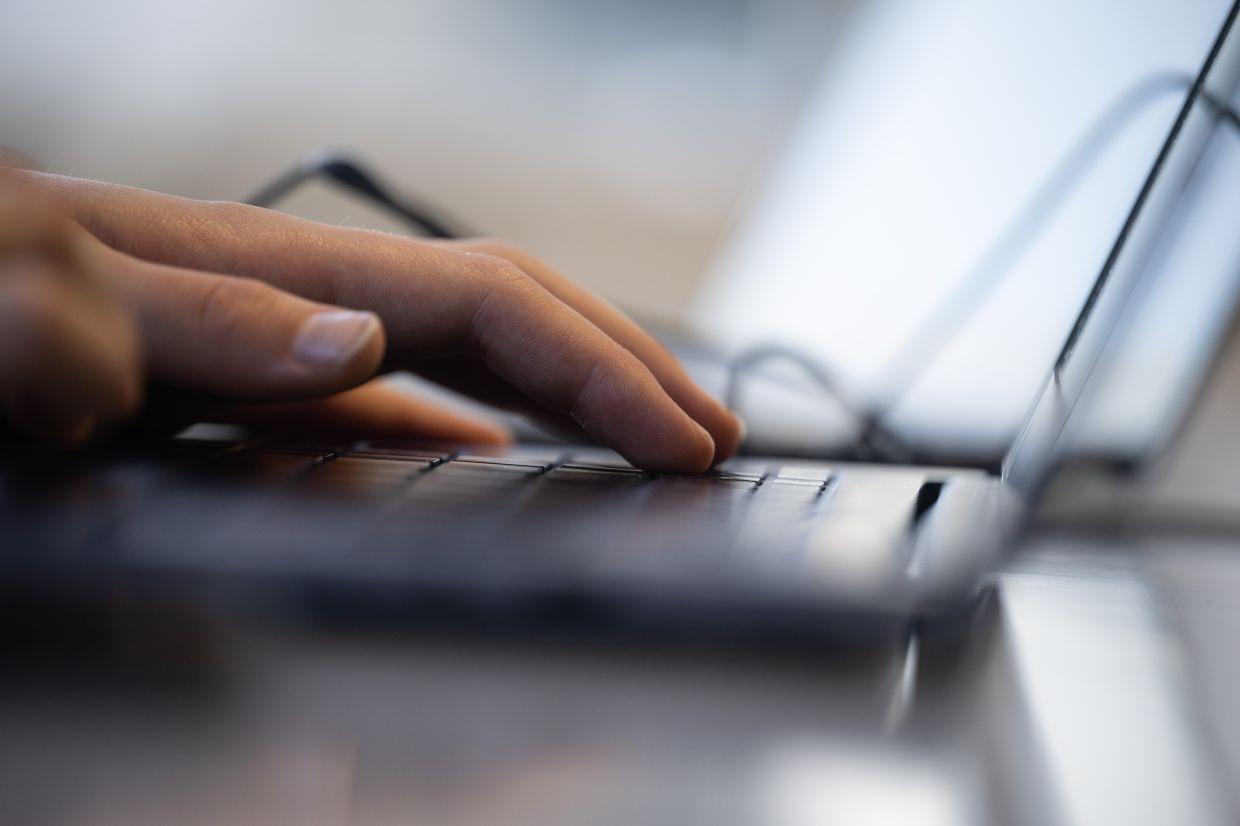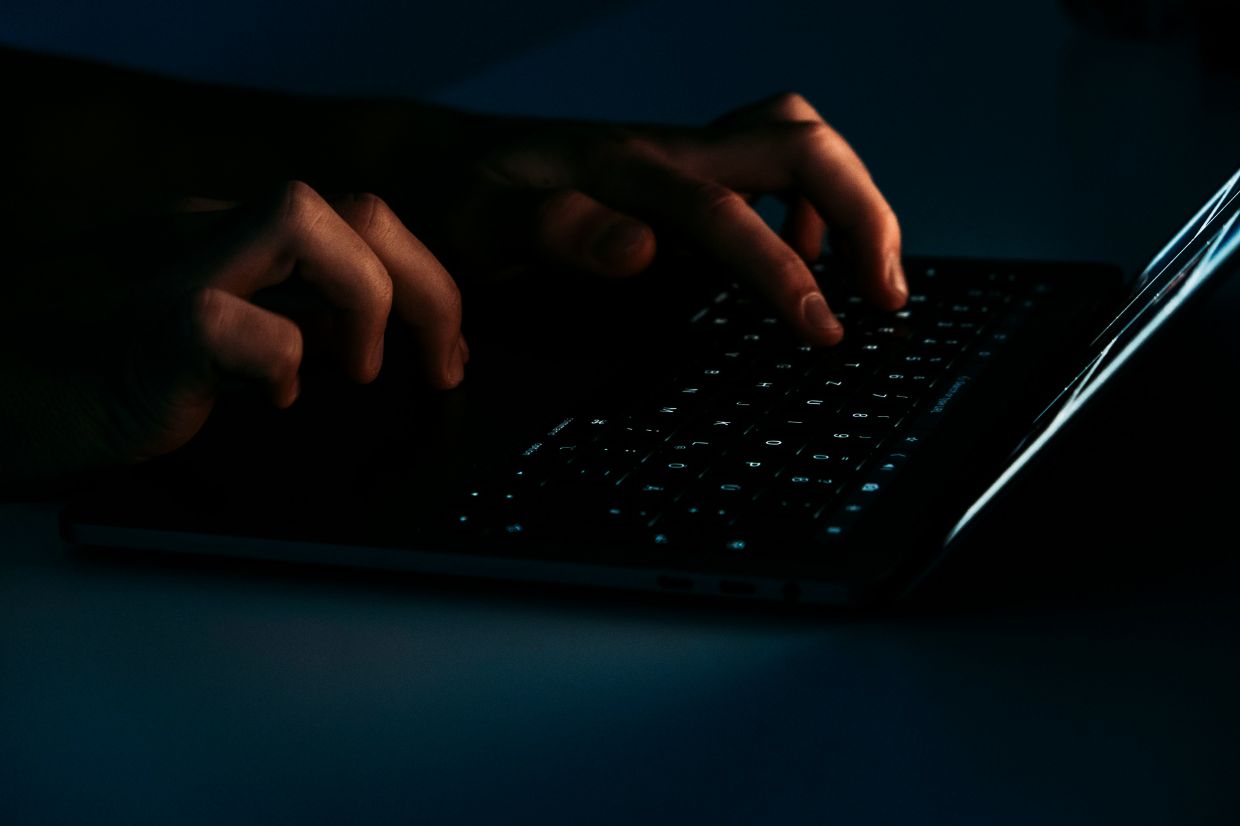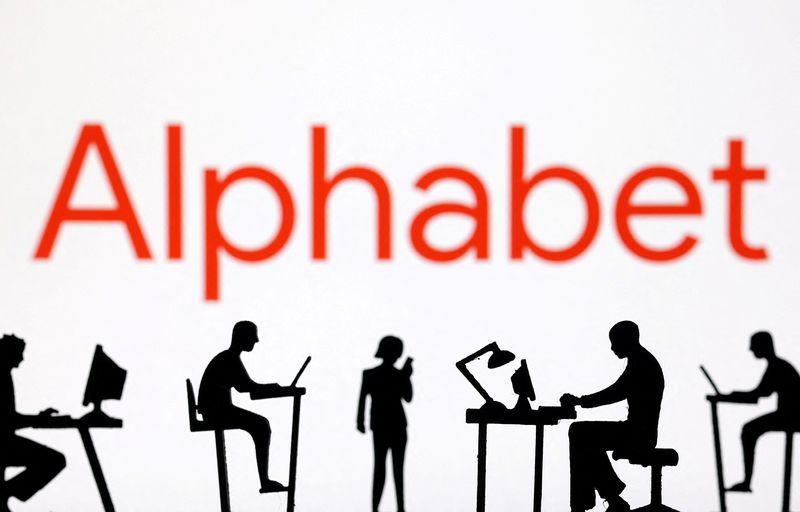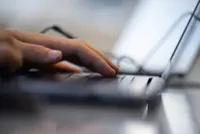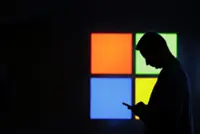
While the simpler device behind Monday's announcement may seem less revolutionary, several of the trial participants emphasised how important the use of hands are to paralysed people. — AFP Relaxnews
More than 40 people suffering from paralysis from the neck down regained partial control of their arms and hands thanks to a relatively simple to use device, a large study said on May 20.
The trial raised hopes that the non-invasive device could be help people with spinal injuries get back the all-important use of their hands.
The device, developed by Swiss medical technology firm Onward, delivers an electrical current through electrodes placed on the skin of paralysed patients near where their spinal cord was damaged.
After two months of therapy, 43 of the 60 people participating in the trial regained strength and ability to use their arms and hands, according to the study in the journal Nature Medicine.
"I think it could be life-changing for the majority of people with spinal cord injury," lead study author US neuroscientist Chet Moritz told a press conference.
The field has seen a number of leaps forward in recent years, with electrical stimulation of the spinal cord allowing several patients to regain the ability to walk.
However, these devices require invasive surgery to implant devices near the spinal cord.
While the simpler device behind Monday's announcement may seem less revolutionary, several of the trial participants emphasised how important the use of hands are to paralysed people.
"Everyone thinks that for a spinal injury, all you want to do is be able to walk again," said Melanie Reid, a British journalist and trial participant who was paralysed when she fell off a horse 15 years ago.
"But if you're tetraplegic or quadriplegic, what matters most is working hands," she told the press conference.
Reid said she was "delighted" with the device, which allowed her to grip and even scroll through her phone using her left hand.
Another participant, Sherown Campbell, said the device helped him improve his typing speed, cook and write, as well as other things that enhanced his "quality of life".
Pilates for your fingers
Reid said that training with the device was hard work, comparing it to "doing a Pilates class with your fingers".
Moritz explained that this work develops new connections between the brain and the affected limbs, increasing the benefits over time – even when the device is not connected.
The study also stood out because of its size – most trials of similar devices have only involved one or a handful of patients.
French neuroscientist Gregoire Courtine, who supervised the study, told AFP it was the "first in the history of spinal cord medicine to show safety and efficacy in improving the recovery of tetraplegics".
Courtine said Onward was in discussion to get the device approved in the United States, with hopes that it could get to market there by the end of the year. Europe would ideally then follow soon after, he added.
In contrast, implants that could let paralysed people walk again are still likely years away from being widely available.
The price for Onward's device remains unknown, though Courtine said the aim was for it to be "accessible". – AFP









